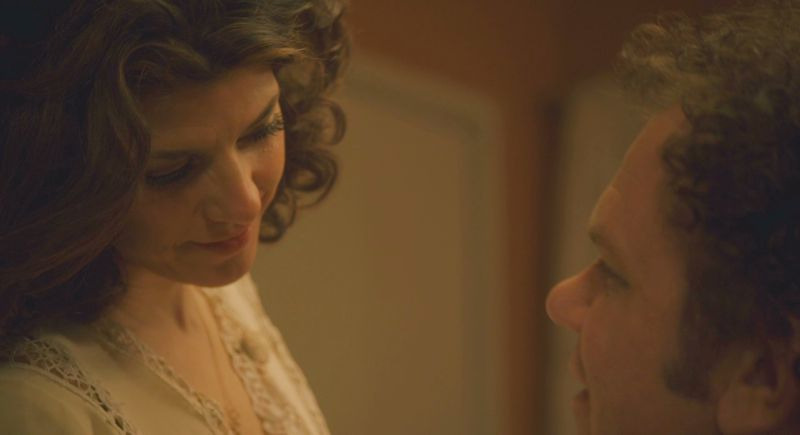Subscribe: http://feeds.feedburner.com/JourneyByFrame
Contact: journeybyframe@gmail.com
Twitter: @loosejoints
Index of Entries by Director
Index of Entries by Title
Index of Entries by Year
Cyrus (Jay and Mark Duplass, 2010)
According to Martin Scorsese, John Ford once remarked that “most interesting and exciting thing in the whole world” is the human face. The human face is also one of cinema’s greatest treasures. Its depth and presence ensures that the close-up will function in a powerful way unique to the medium. Where a writer must use words to suggest the reality of a character, the mere existence of a human being before a camera can often do this and more, creating instances in which the word “character” is no longer adequate. The Duplass brothers’ Cyrus is a film constructed out of the raw material of human faces. To look simply at the faces throughout this film is to understand the story, and where the film so often threatens to veer into clichéd or maudlin sentiment, the actors’ faces infuse each moment with a weight that is not easily ignored or dismissed. Frequently throughout the film, the Duplass brothers will present images of the characters’ faces not synced to their dialogue, imbuing their faces with an out-of-time, almost mythic look. Instead of watching two characters tell each other how they feel–and the dialogue in these scenes is often a literal and simplistic, though effectively so, account of the characters’ own understandings of their emotions–we watch the poetic reality of this dialogue, the glances and facial expressions in the nooks and crannies between their words. Their words hang in the air, harmoniously inert, giving the impression of moments in which these people, hovering in a state of hyper-attentiveness to each other, truly meet.
